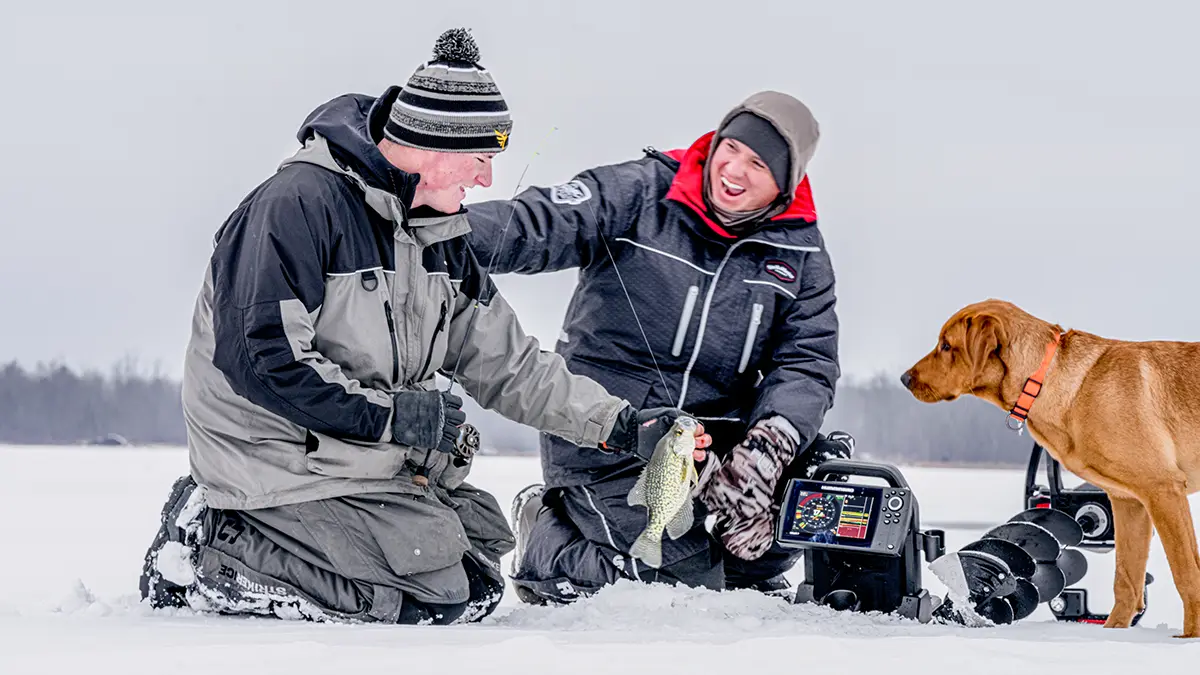It appears ice fishing and hard water anglers are not immune from the controversy surrounding the relatively new technology of forward-facing sonar (FFS). Kare11 reports this week that wildlife officials in Minnesota, a nexus of ice fishing in the U.S., are taking a close look at all facets of tech’s use, including ice fishing.
Over the past year, the Minnesota Department of Natural Resources (DNR) created a working group to study the impact of FFS, beginning by conducting surveys to find out just how many anglers, in total, are using it, and how well they’re doing compared to anglers who don’t, the story reports.
“The tough thing is always — how much is too much?” Marc Bacigalupi, a DNR official, says in the story. “If they’re not causing population-level harm, we wouldn’t want to overreact and restrict that technology too soon. That’s the tricky thing that we’re working on sorting out.”
The first concern, of course, are fish populations in Minnesota like muskies that aren’t as robust as others, because a technology that gives anglers too much of an advantage could damage those populations faster.
So what’s the big deal? FFS is a leap forward for boat-based fish-finding technology. Old school bottom- and side-facing sonar could only see what’s directly below a boat or a hole in the ice. FFS, on the other hand, can see beneath the water in multiple directions for hundreds of feet — that’s huge.
For ice anglers, it means a more reliable way to figure out where to cut holes and a lot more time fishing over good spots that used to be spent sitting over dead holes. That’s great for fishing, but it might require a recalibration of limits and even season lengths — or it might require limits on FFS use to preserve fish populations that could be at risk.
FFS is the new hotness, and as such, it’s still pretty expensive for the average caster. But “new” is relative — the technology has actually been around for years, but even at $2,500 for an average set up, it’s now in the range of affordability for more people than ever before. The price will eventually come down, and more and more boats will have FFS on board. It’s inevitable, unless there are regulations in place to prevent its adoption by more anglers.
At the moment, there are no restrictions on the tech in the state, but depending on what the DNR uncovers, that could change.
For context, in September 2024, the National Professional Fishing League announced it was panning FFS for official practice and competition in 2025 after extensive research and discussions about what the new sonar means for competitive bass fishing.
In March 2024, MeatEater posted an article entitled “Is Technology Making Fishing Worse?” in which the author poses the question: “Are technological advancements making anglers too effective?”
This discussion is just ramping up and likely won’t go away any time soon, and undoubtedly, there will be more and more regulations on FFS in the coming months.












